Textile artist Debbie Lyddon makes non-representational objects, textile art installations and wall hung pieces that are inspired by nature, though not a representation of it.
Debbie’s beautiful art is multi-sensory and explores how the eye collaborates with the ‘skin’ senses of sound and touch.
In this article, you’ll get an insight into how natural environments fuel every stage of Debbie’s process.
‘Moving through the landscape ….feeling, hearing, seeing, touching, through the mind, the eye and the hand – the touch and texture of things.’ Barbara Hepworth
Debbie Lyddon: Cloth lies at the centre of my practice and I enjoy the process of making and experimenting with traditional and non-traditional materials. I place my work in the context of artists who manipulate, reprocess and reform materials: Eva Hesse, Susie Macmurray, Ann Hamilton and Cornelia Parker.
Caught by the Tide
We are lucky enough to own a cottage on the North Norfolk coast at Wells-next-the Sea and for the past eighteen years I have de-camped up here for the summer. It is not a time of relaxation but has always kick-started a period of intense creative activity as I respond to this unique environment.
‘This is a landscape in flux. Dunes creep. New channels cut the sandflats and slow, glassy tides spread thin smears of mud to build slick upon slick into new marsh.’ Richard Girling, The Return of the Tide
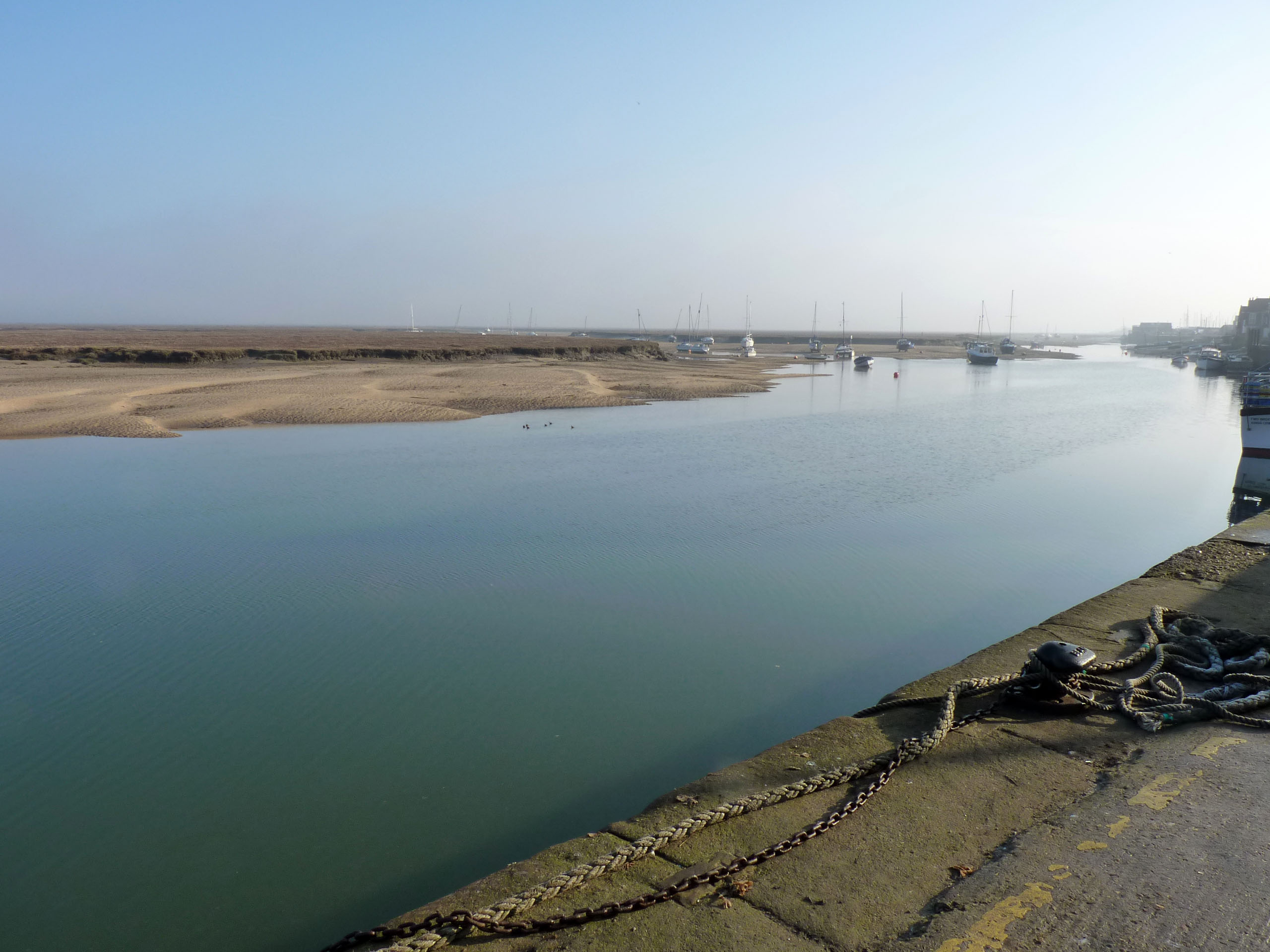
The harbour of Wells lies one mile inland from the North Sea along a narrow channel that fills and empties twice daily as the tide creeps in and out.
Carrying on past the town the channel narrows even further and divides into numerous muddy creeks. It is a bleak, ever-changing place that is land for half a day and sea for the rest. I have walked on the mud and sailed on the water. North facing, it has a soft blue/grey light.
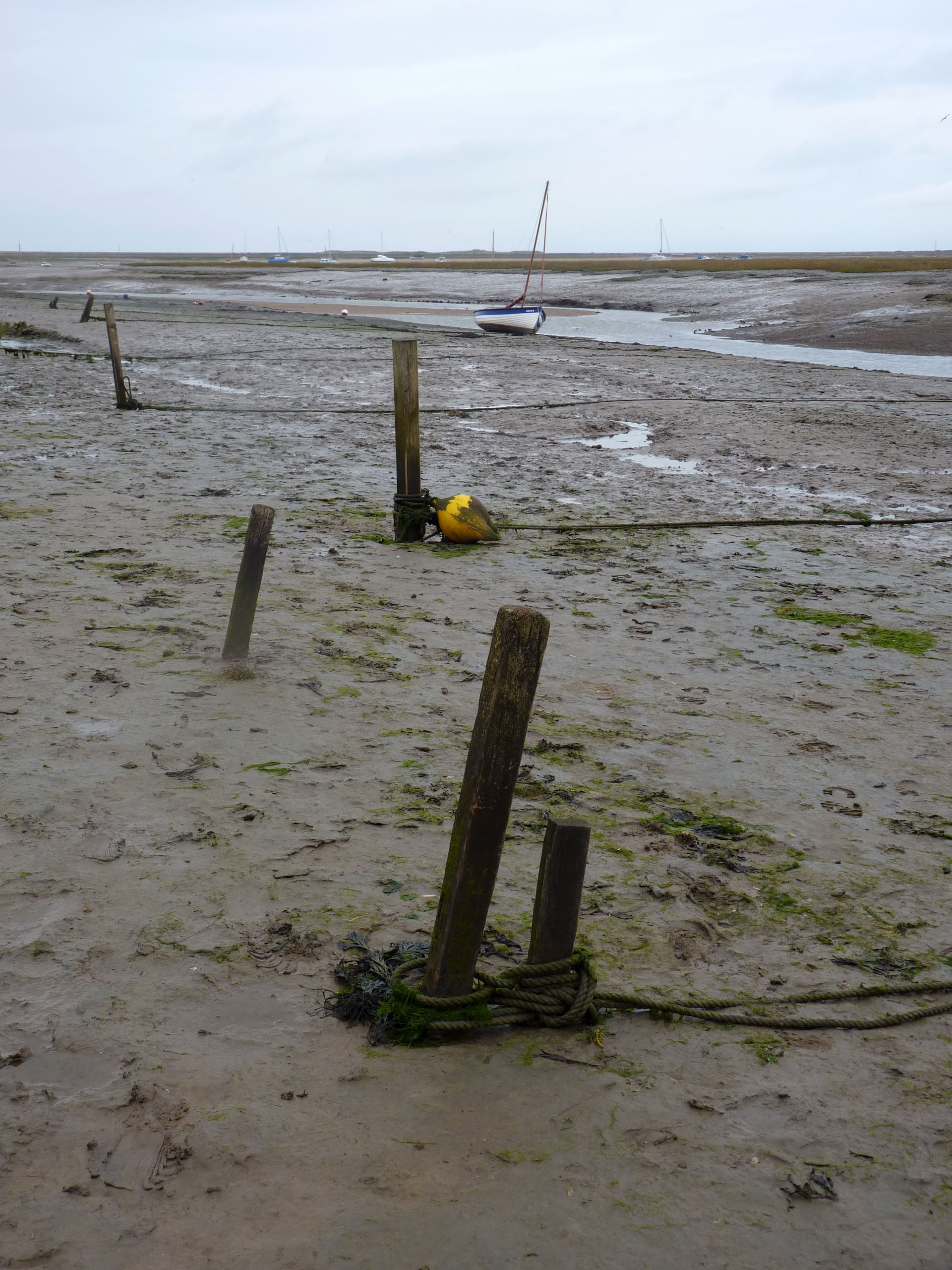
I am interested in all aspects of this landscape but the processes of change that occur within it capture my imagination the most: air, wind, water, light and sound. My work is a response to these visible and invisible forces.
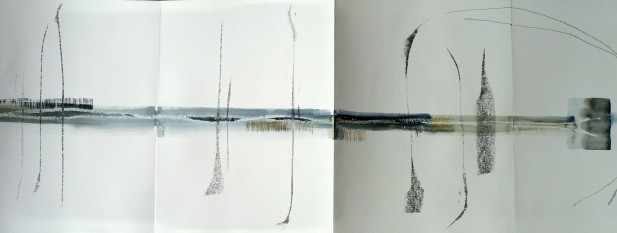
Inner perception, Outward observation
I walk and I notice. Sometimes I record these ‘noticings’ in a sketchbook – quick pen sketches or written notes – things I hear or see, an interesting texture, or a movement caused by the wind or water.
I pick things up that have been caught by the tide on the sand or marsh: old rope, bits of worn plastic and cloth, sea-smoothed wood. These things feed my work but I do not aim to represent them literally. Instead they give me a clue or a starting point to the things I make.
The artist Wilhelmina Barns-Graham wrote that her drawings and paintings came from ‘an inner perception and outward observation’. As I make work I draw up memories of these images and experiences – outer sensing turns into inner seeing.
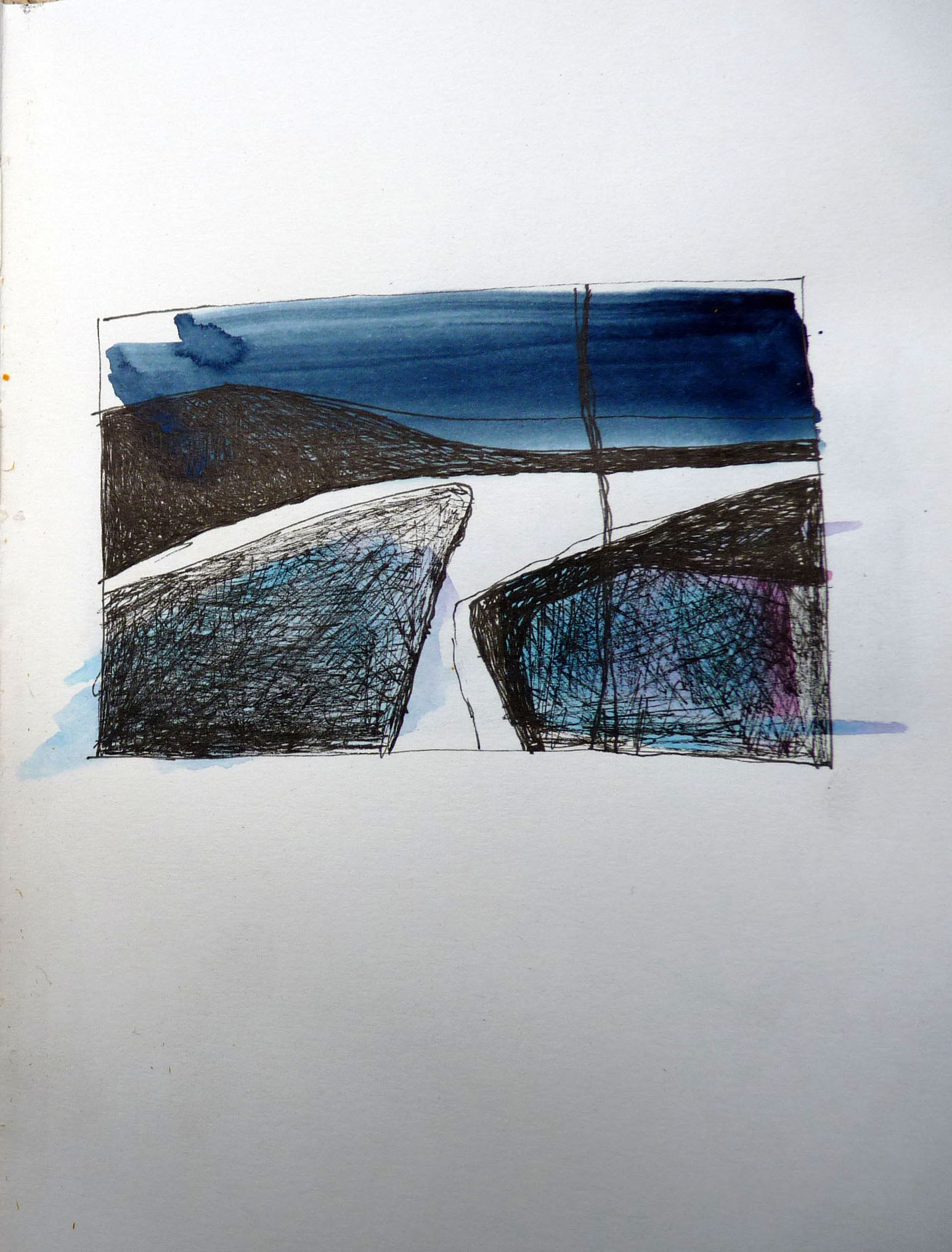
Cloth is found in this environment in the form of tarpaulins and boat covers. These are protective cloths but to do their job they in turn need to be protected from the effects of the weather.
Wax, varnish, bitumen and salt are substances that preserve, and these materials play an integral part in the non-representational objects, installations and wall-hung works I make.
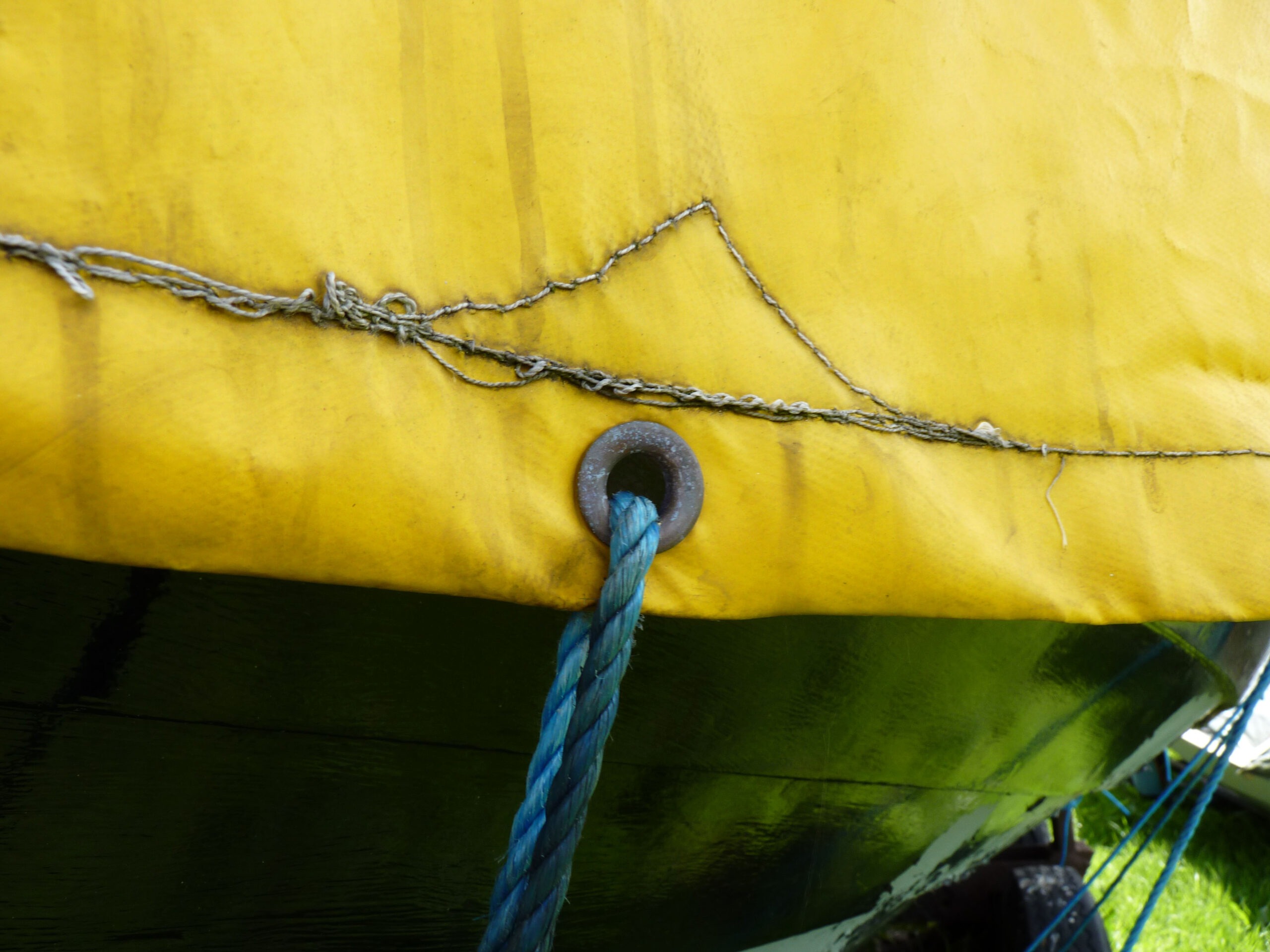
Invented forms
These works at first appear familiar and suggest a utilitarian functionality, paraphernalia dragged in by the tide whose use is undetermined. As you look closer the more curious and ambiguous they become. These invented forms encourage you to create stories around them.
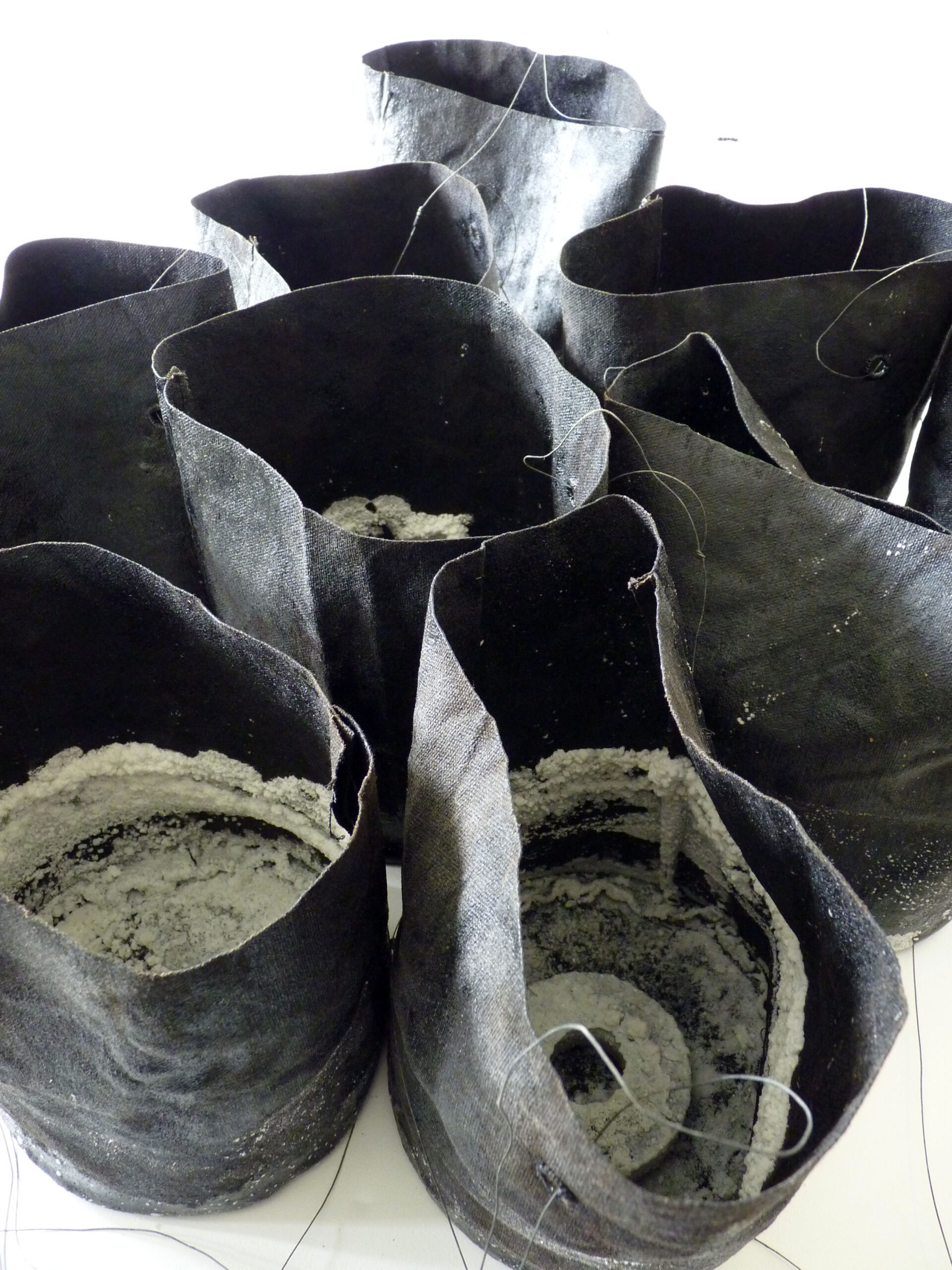
When I arrive in Wells at the beginning of the summer I normally have work to finish off or continue but when this is done I like to let my imagination wander.
I bring materials with me that I think I will need: cloth (cotton duck, linen, muslin and silk), sewing and linen threads (black, white and grey only) white emulsion, wax, varnish and paint (watercolour and acrylic) – I nearly always end up having the wrong things as I never know where my thoughts will take me.
One year I created a series of three suspended forms, that were part of Chinese Whispers, an exhibition by textile group Studio 21. These suspended forms have led to new explorations based on the eyelet construction in the middle of one piece.
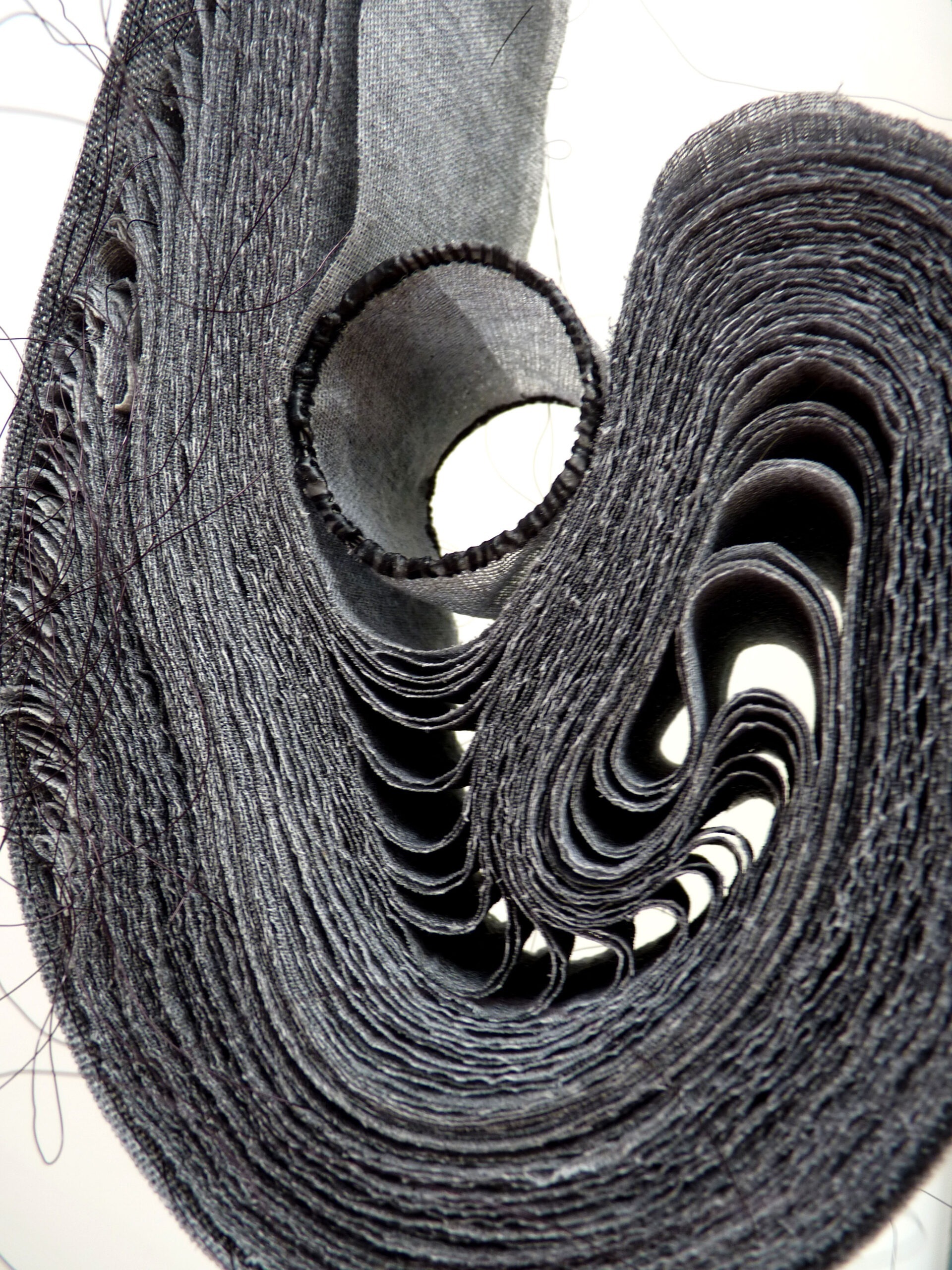
A series of works, Caught by the Tide, was slowly being developed from the eyelet construction explorations.
These works suggest lost or discarded flotsam and jetsam (flotsam comes from a wreck and jetsam is thrown overboard deliberately). They could be parts of a boat or its equipment or disintegrating tackle that is suggestive of a former utilitarian function.
Building on the experience of previous works
Drawing is my way of thinking, a literal drawing out of the mind, and new work always starts with my sketchbook. Ideas flow from one to the next as I doodle and scribble notes.
I jot down the materials I might use and begin to think what form the work will take.
A narrative begins to take shape based on how this work might relate to previous work or the work of another artist or something I have read or I might bring a recent experience from a walk into play.
I find that each new piece I make builds on the experience of previous works.

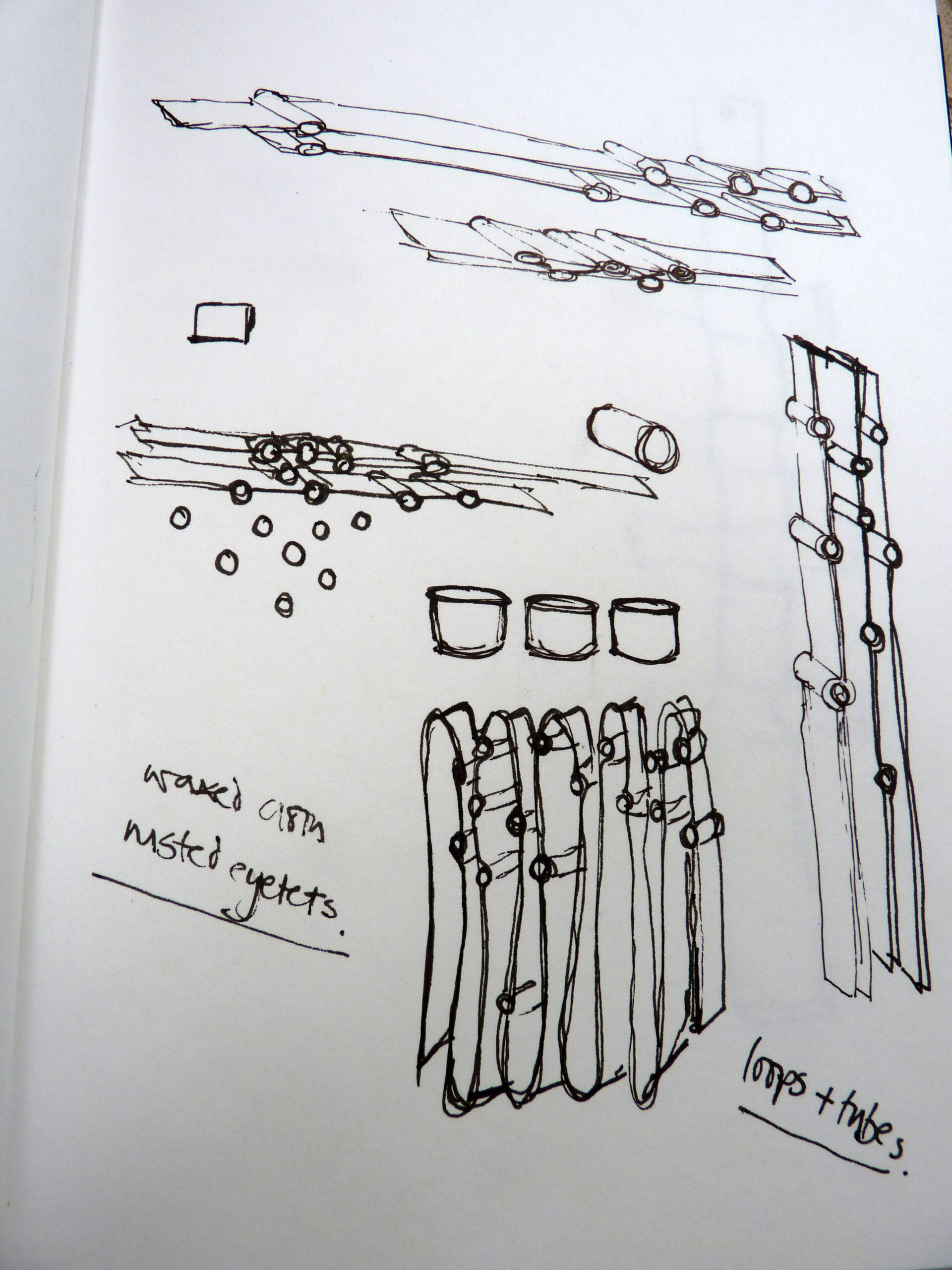
The sketches of this new work bring these things to mind:
Drawings that I did earlier this year and that are a response to a walk along the beach ….
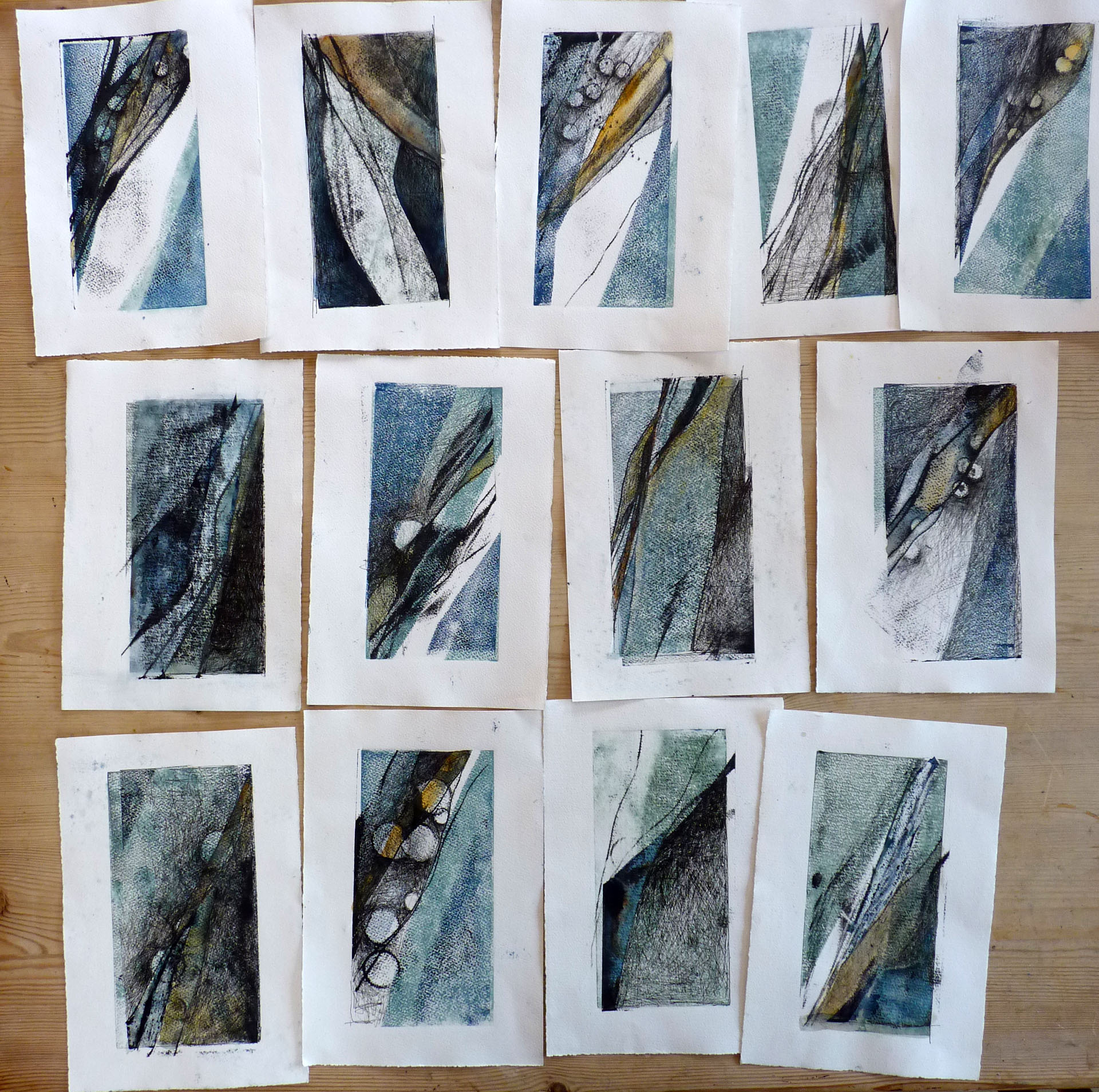
…. a piece I made two years ago ….
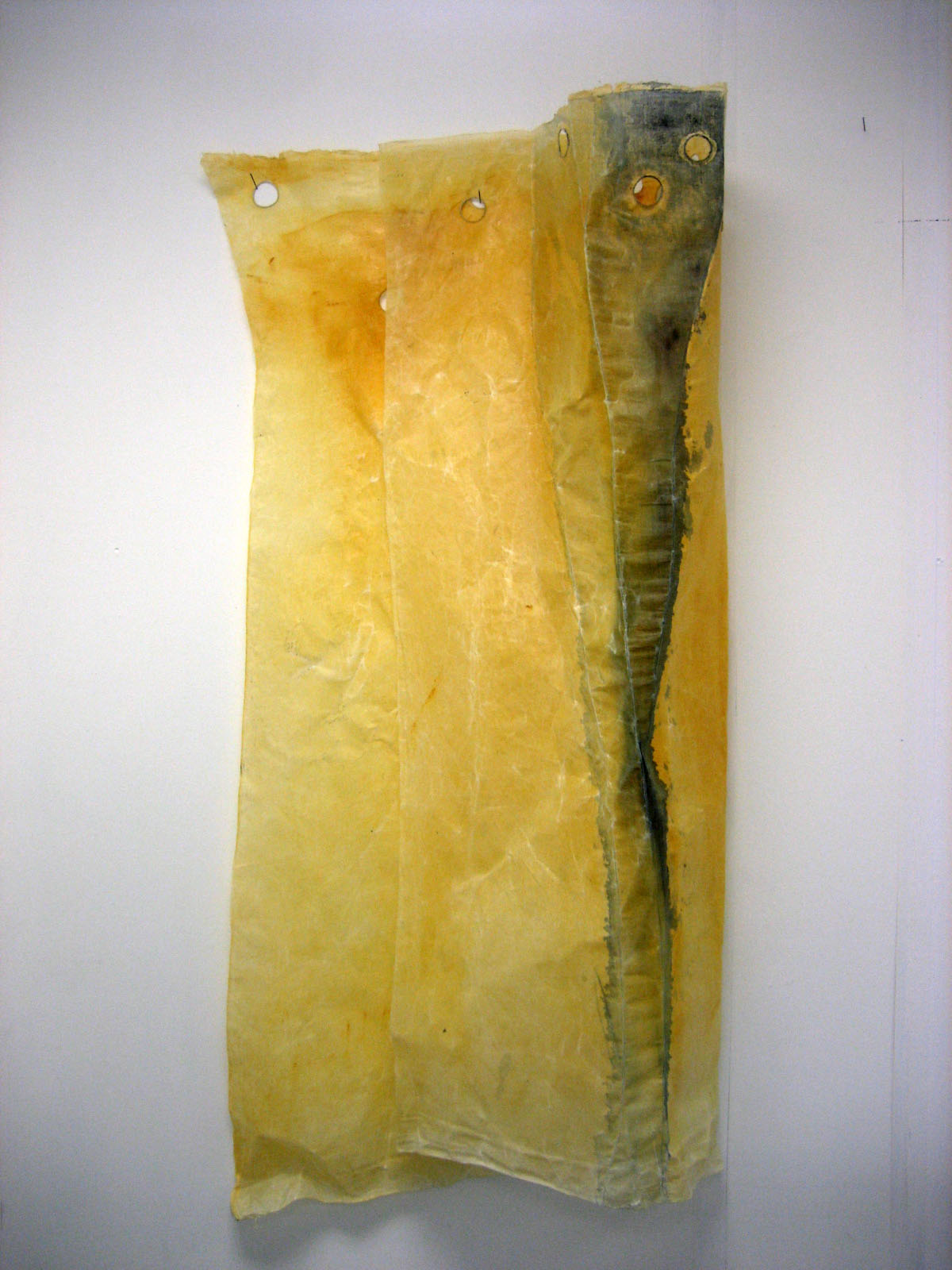
…. A small waxed book
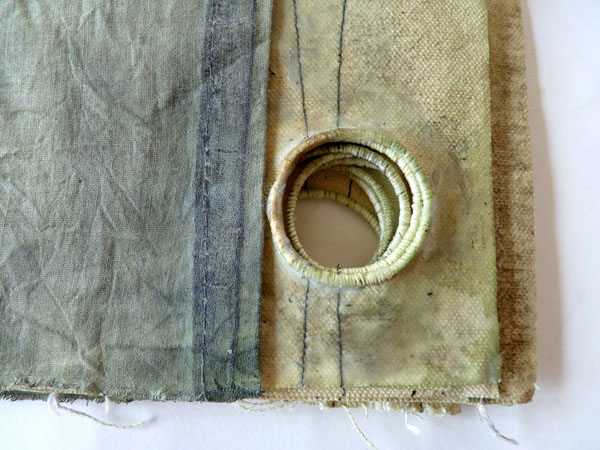
…. a driftwood construction by Margaret Mellis
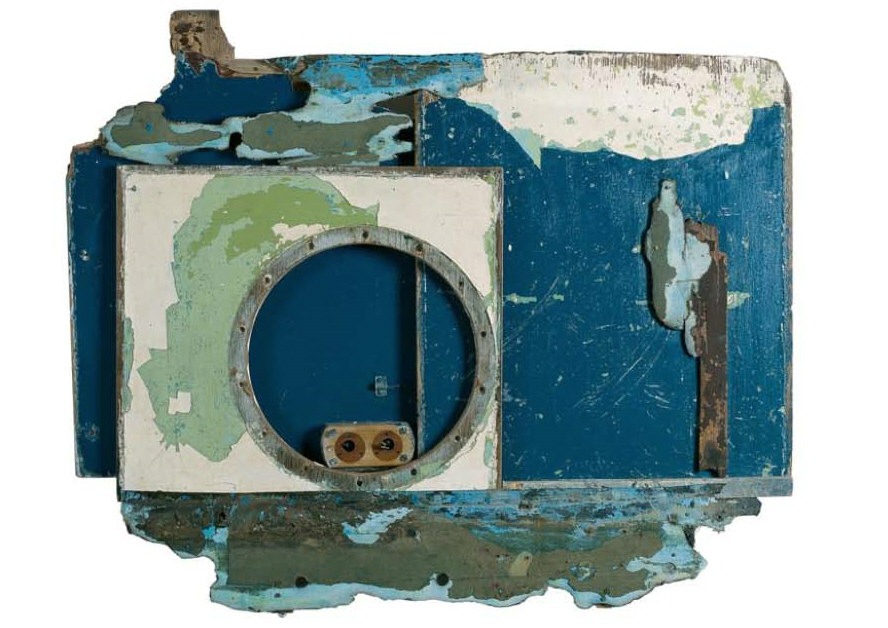
I prepare my materials and start to make, responding to various stimuli as I go along: how the material reacts as I work it, how one colour sits next to another, the balance and shape of the cloth as I fold and stitch it….
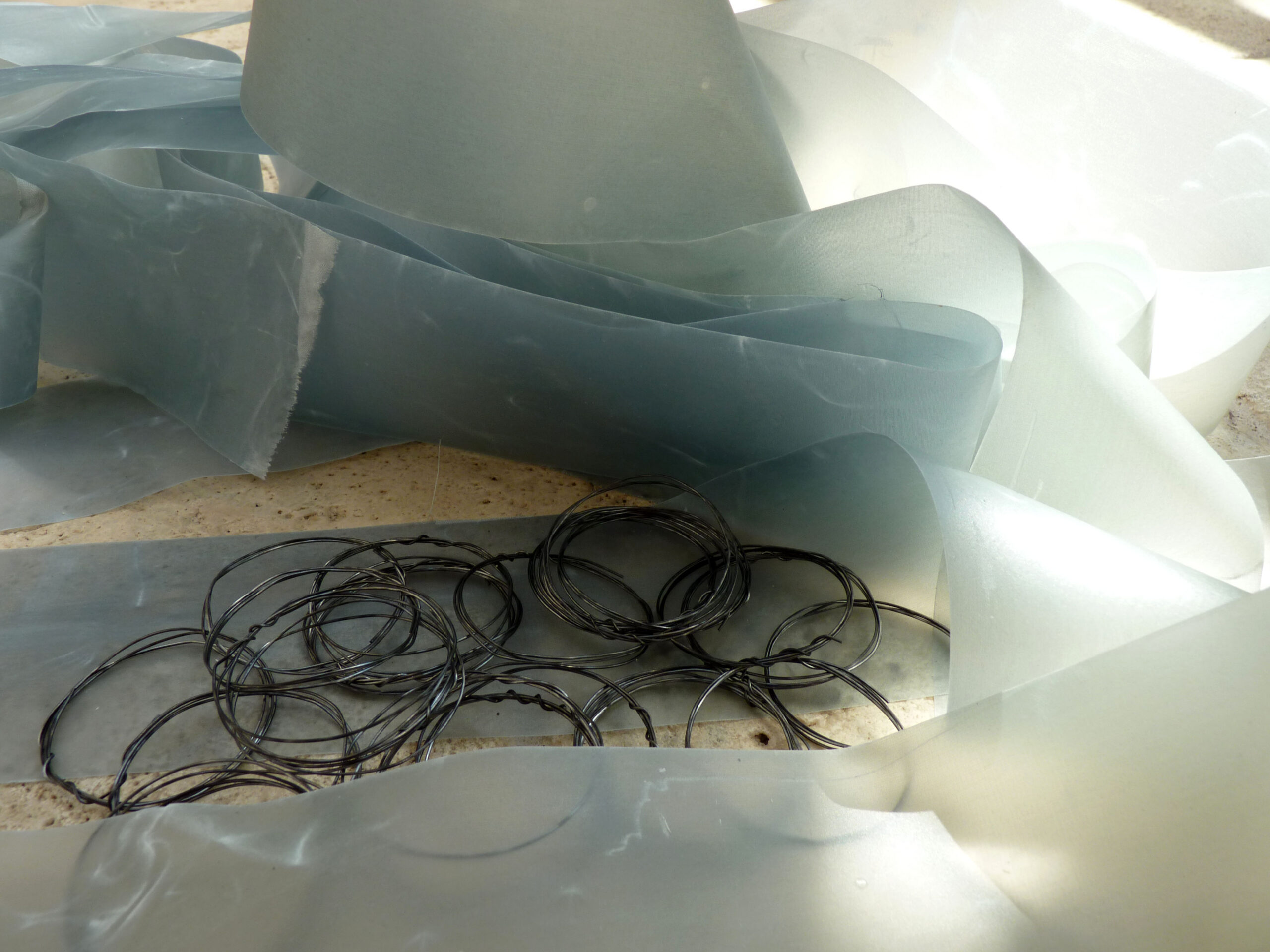
Stitches in the sea
My biggest resource on the coast is the sea and I often place the objects I make into it to speed the decomposition and change of materials.
In this case I want the wire rings to rust and when the stitching is finished I dump it into the sea two or three times to mark the linen thread and silk cloth.
The action of the waves also marks the delicate wax soaked silk adding to the marks made by my hands in sewing in the eyelets.
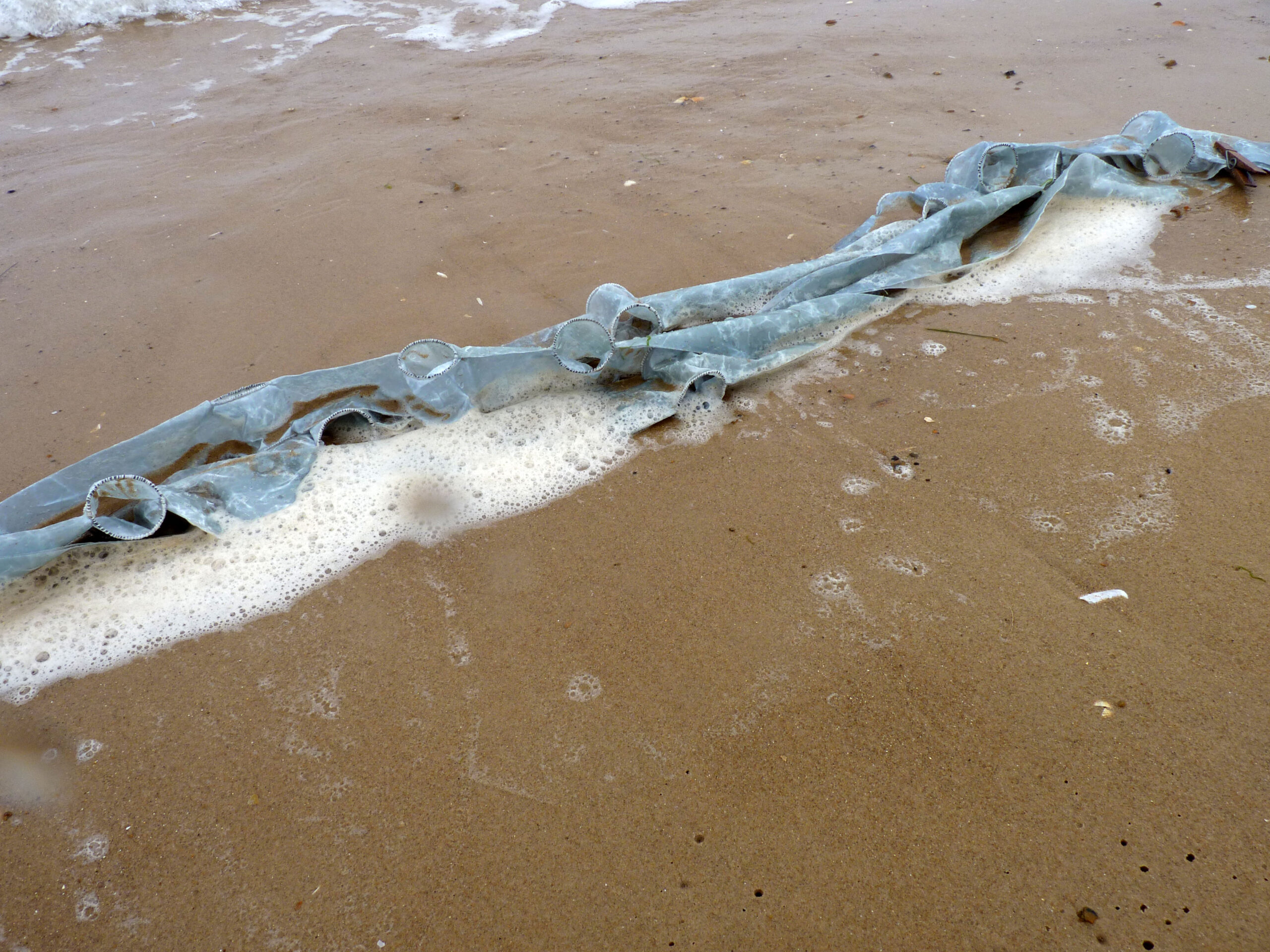
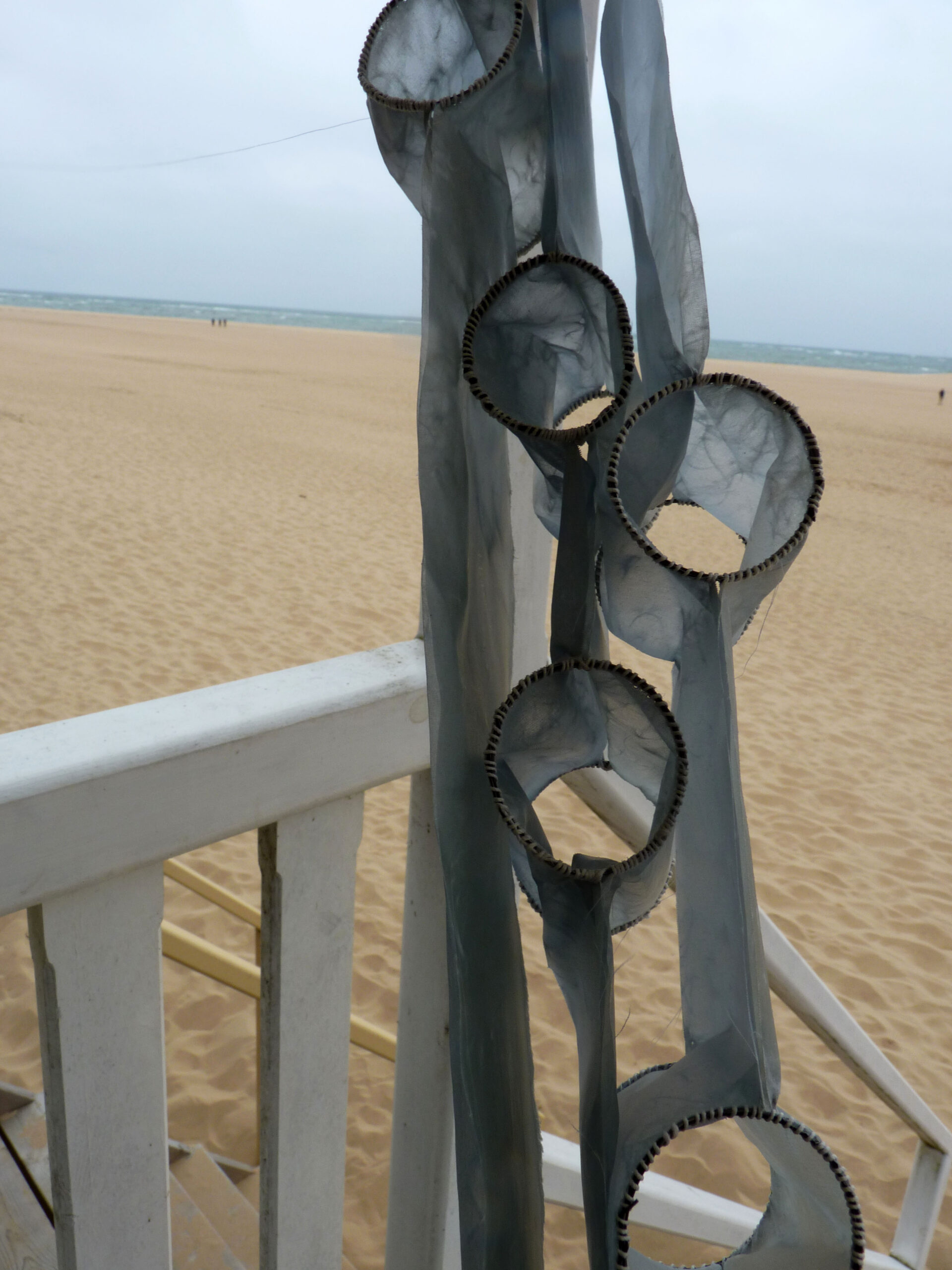
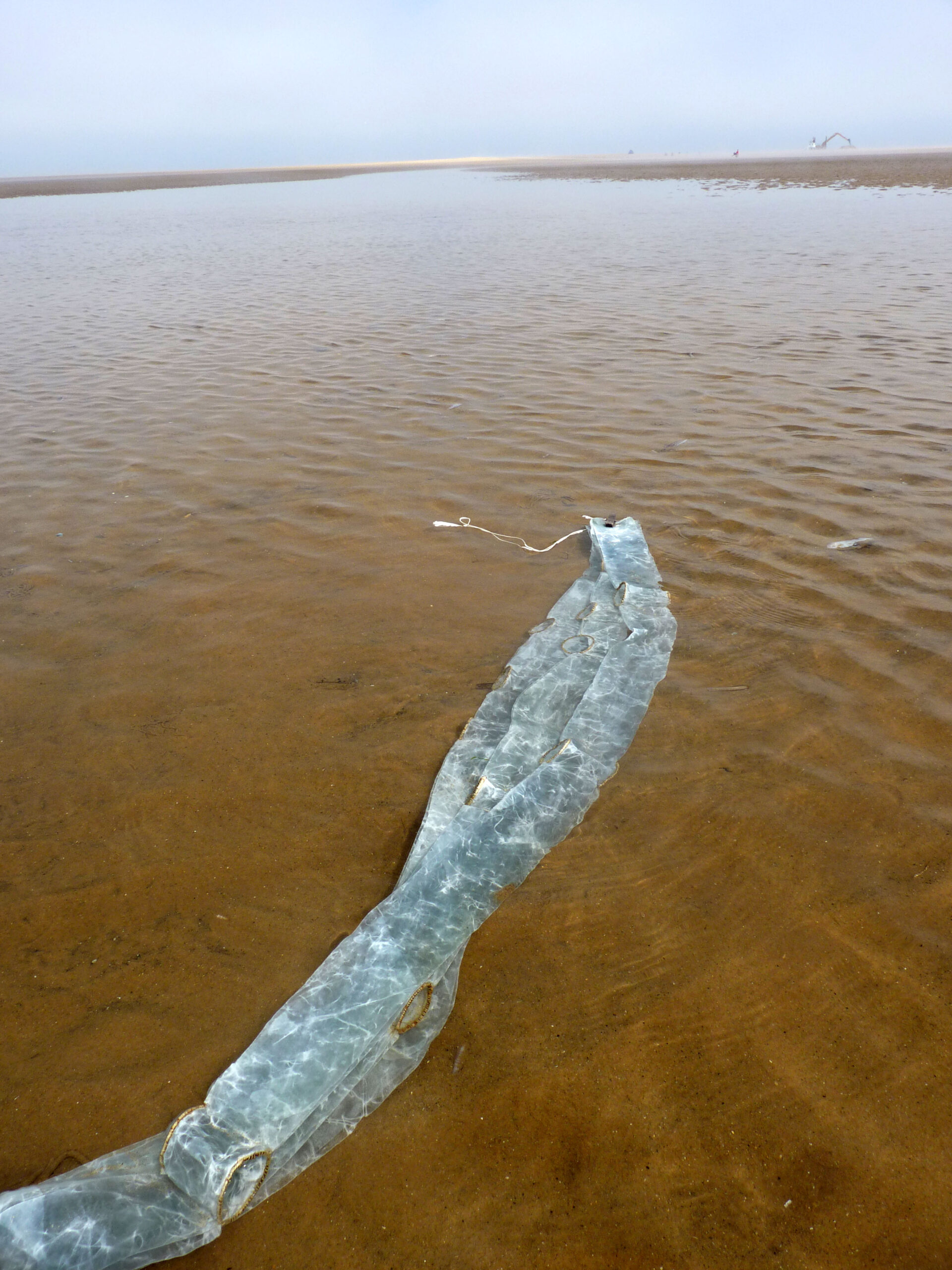
This piece needed just two sea soakings to rust the rings so I took it home, dried it and added two outer waxed silk strips to enclose the sea marked pieces.
Finally I stitched eyelets top and bottom to string each separate component together, hang and photograph.
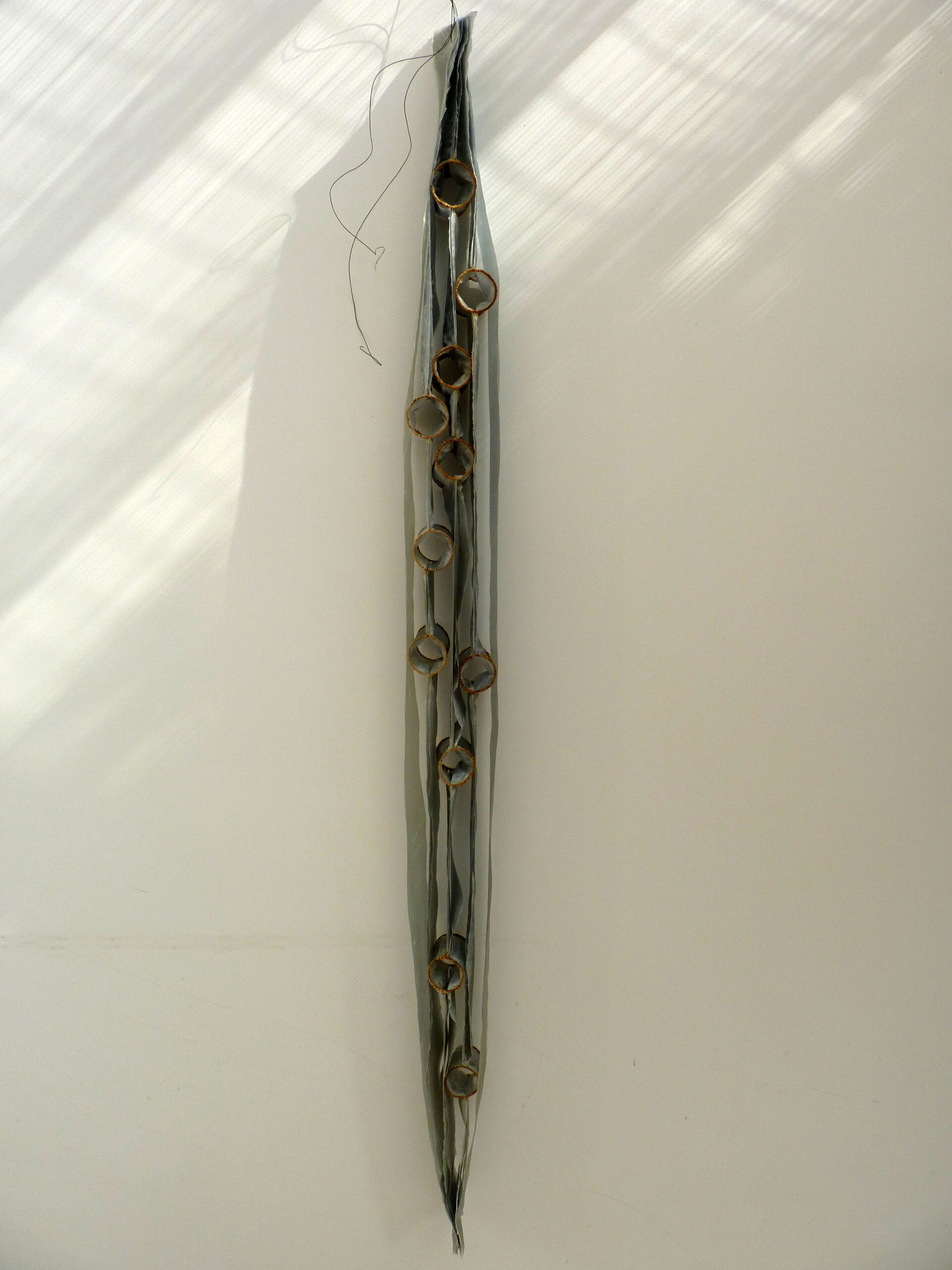
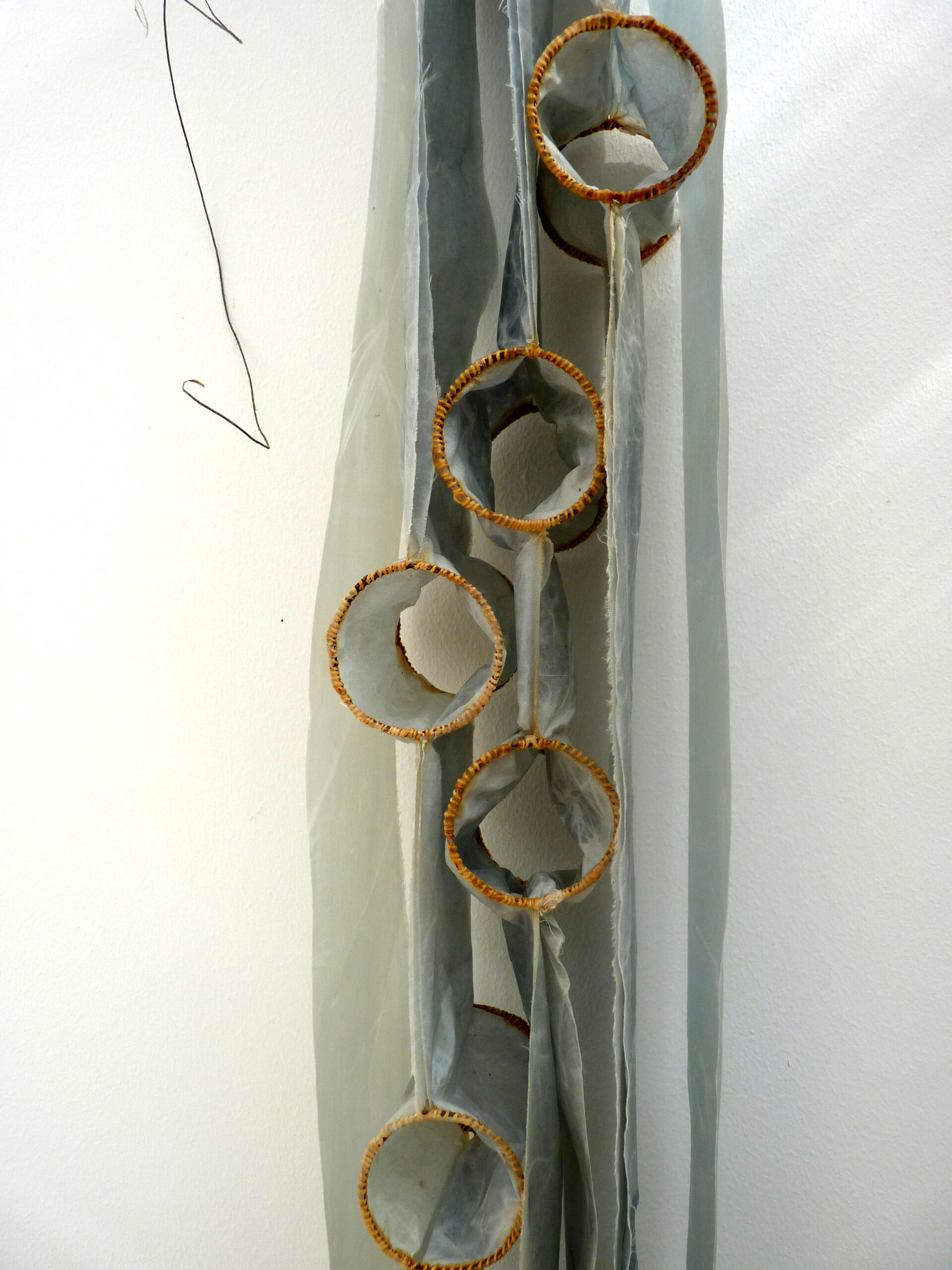

Writer and poet Jean Sprackland sums up my feelings about this place;
‘I never tire of the coast because it’s never the same twice ….. The tides and the weather change its physical shape, and they bring different things to look at. There’s always something new. It’s all about change, shift and ambiguity.’ Jean Sprackland, Strands, A Year of Discoveries on the Beach
If you’ve enjoyed glimpsing into what makes Debbie’s work so unique, let us know in the comments below.
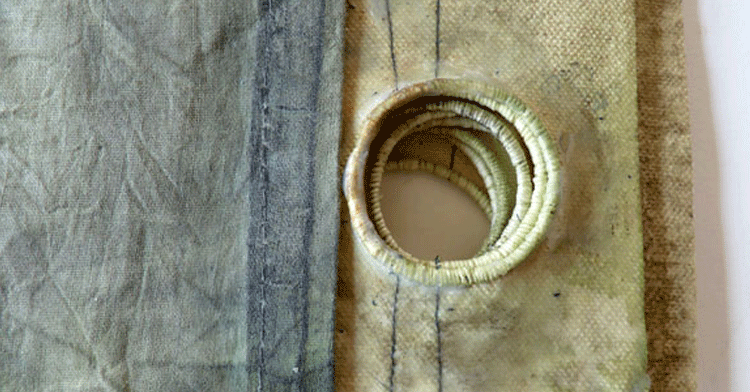

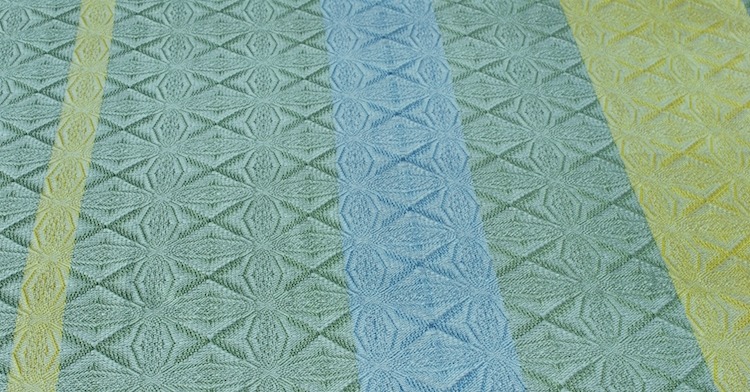
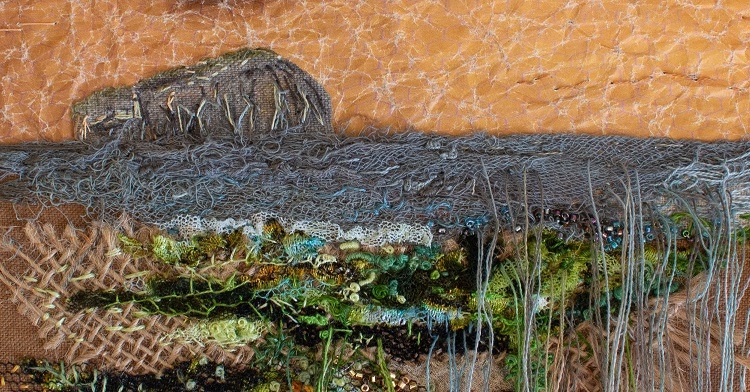
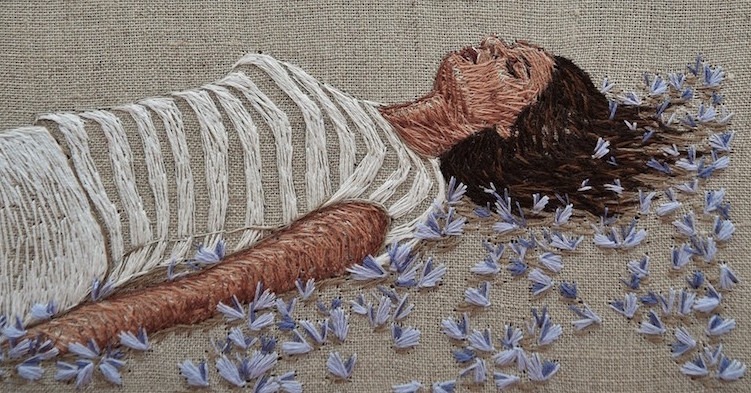
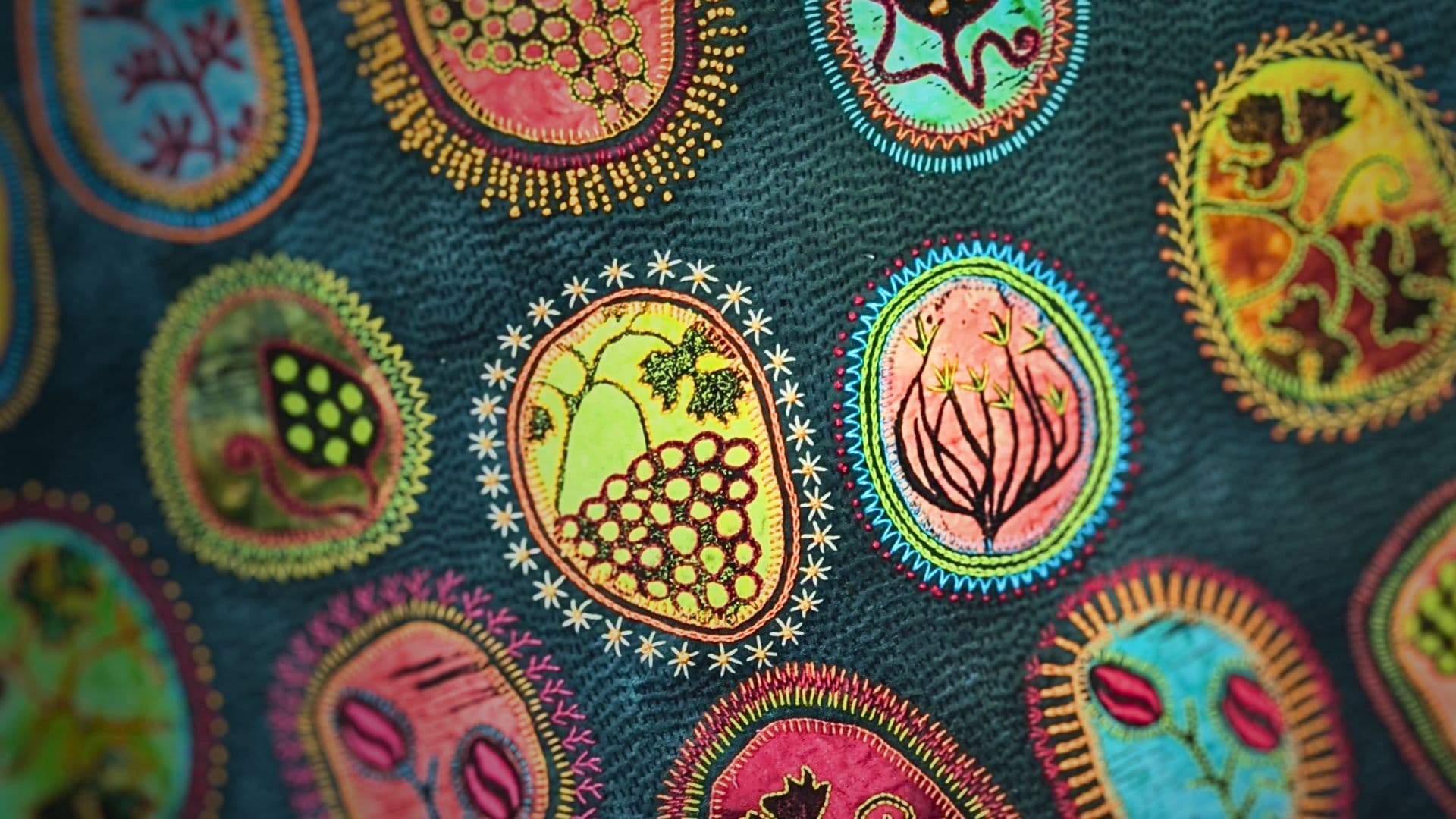
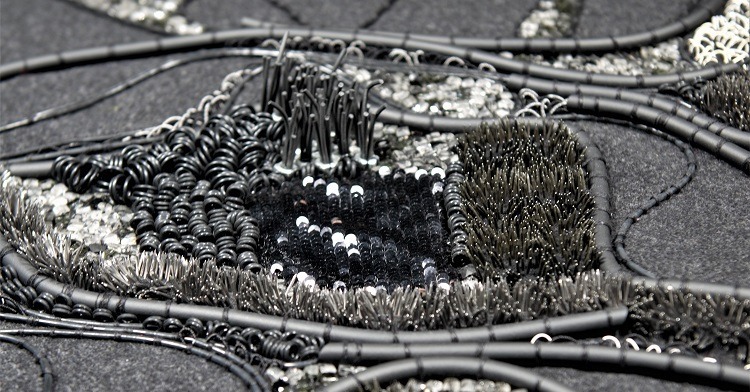

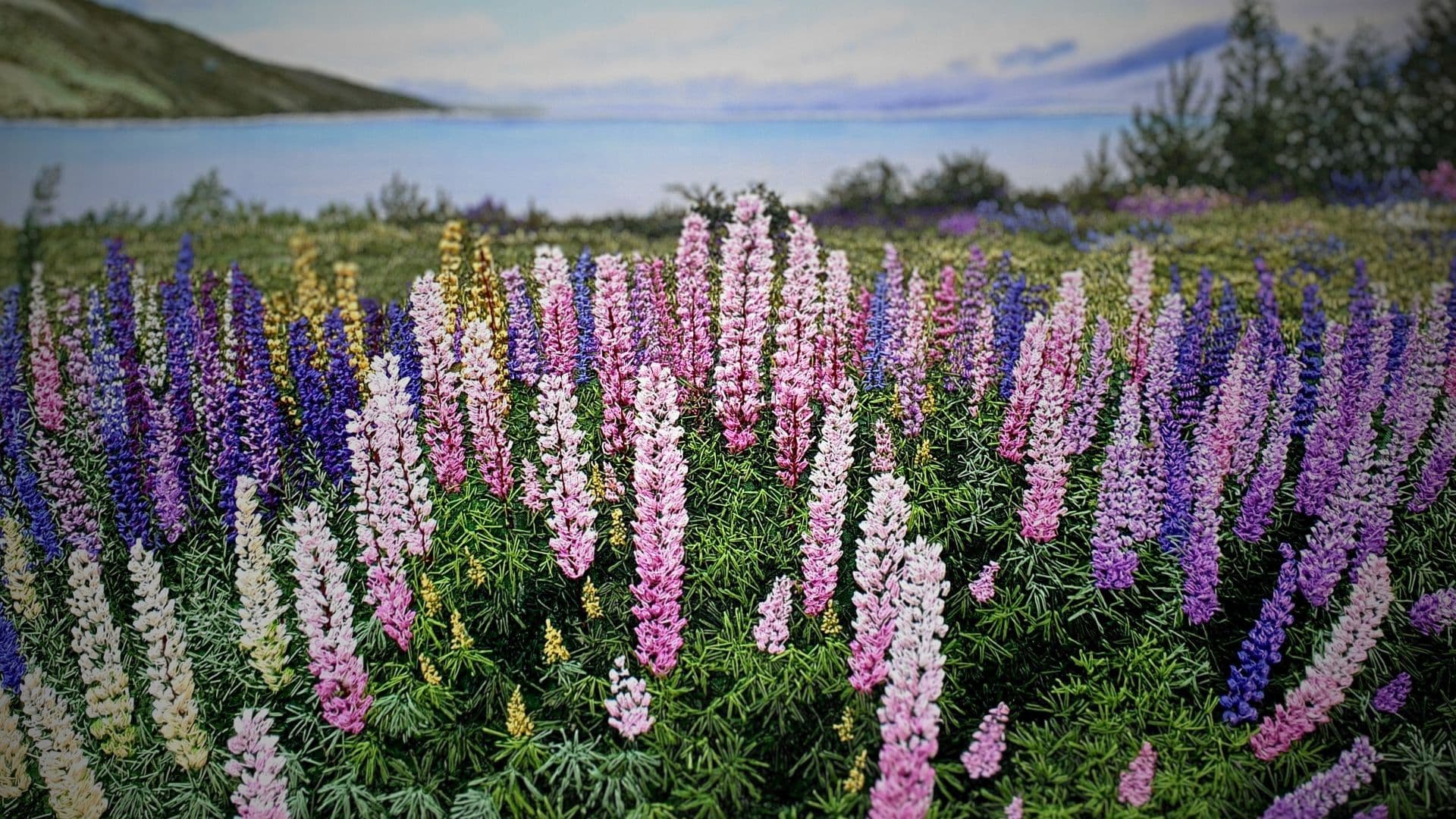

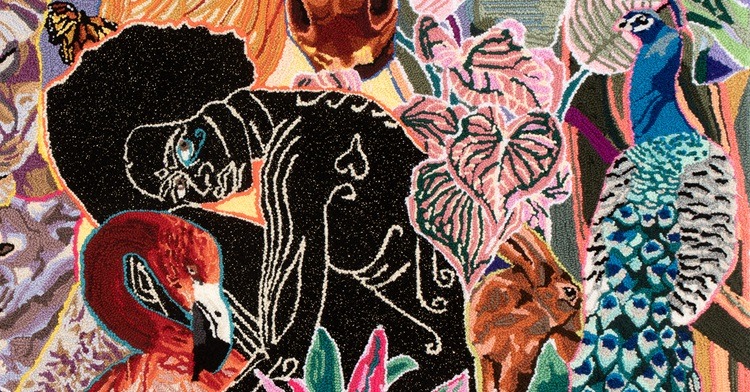
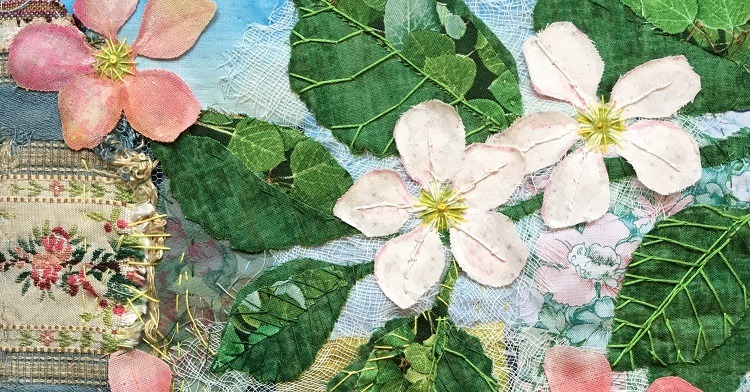
1 comment
Barbara Davies
Observation, sense of place, all senses expressed beautifully in this work.